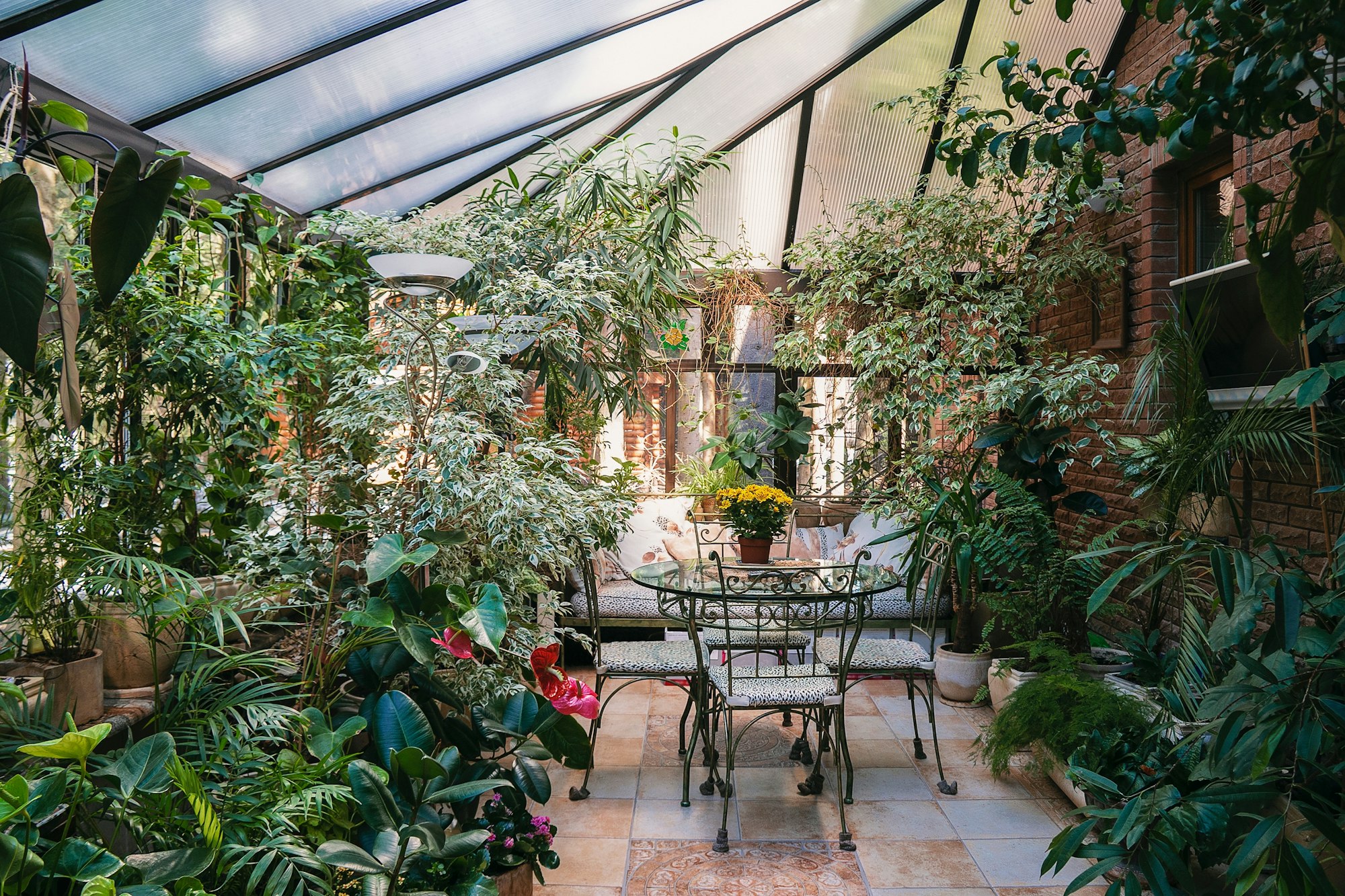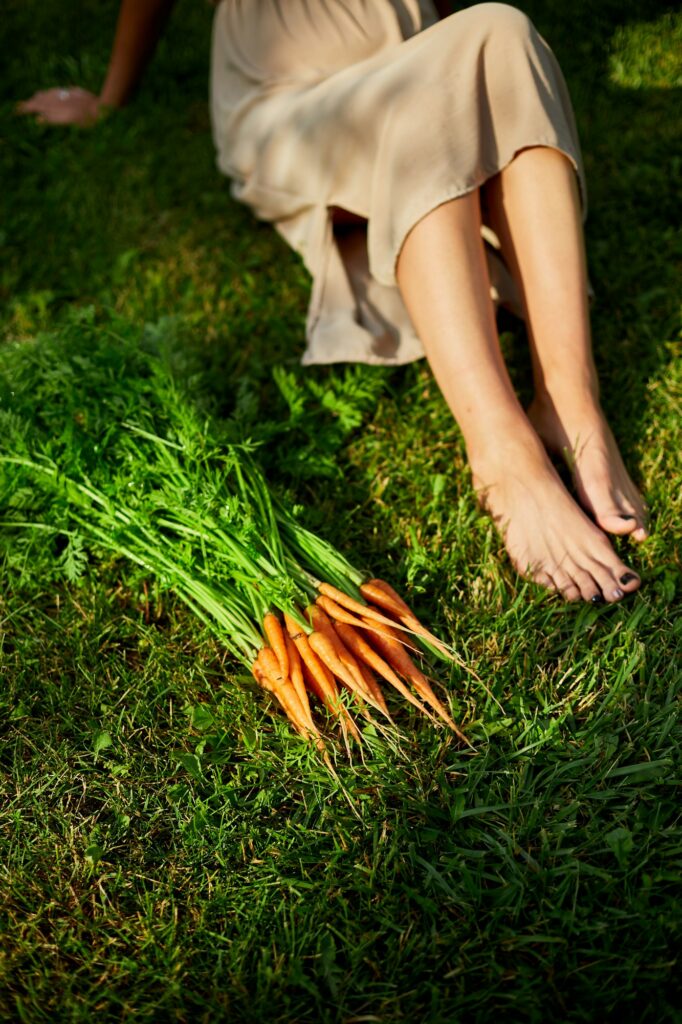We are trying to grow vegetables through the winter months and discovering that the growth is very slow. You don’t have to water the plants as much because of the morning dew on the gardens. The sun is higher in the sky and has limited hours of sunshine.
We have covers over the plants to protect the vegetables from frost, wind, and the excess rain. I can’t help but think how important it is to have good mulch. Lawn clippings, branches, and dead leaves from autumn trees, mixed with sheep pellets and organic fertilizer, enrich the soil to produce faster-growing vegetables.
How to Make a Garden Box
Here’s how to make a decent garden box from the ground up to hip level:
- Build the frame using outdoor treated timber and screws or nails to keep the soil within the garden box (line it with black polyurethane your choice)
- The bottom layer can have cardboard, large tree branches, rocks, or bricks for drainage.
- Add branches, grass clippings, mulch, and wood chips.
- Add another layer of cardboard.
- Then, add more mulch, grass clippings, and wood chips.
- Finally, add garden mix soil, which is rich soil.
- An interesting tip I learned is to ensure the garden box is facing north toward the sun.
Planting winter crops is also a good starting point.
Broccoli – Thrives in cool weather and is best planted in late summer to early autumn.
Cauliflower – Similar to broccoli, it does well in cooler temperatures.
Cabbage – A hardy vegetable that can grow well in winter.
Kale – This leafy green is very frost-resistant and can be harvested throughout the winter.
Spinach – Grows quickly and can tolerate cold weather.
Lettuce – Some varieties are more cold-resistant and can be grown in winter.
Carrots – Root vegetables like carrots do well in cooler weather and can be harvested in winter.
Beetroot – Another root vegetable that grows well in winter.
Brussels Sprouts – These thrive in cooler temperatures and can be harvested throughout winter.
Leeks – They grow slowly but are very hardy and can be harvested in winter.
Onions – Winter onions can be planted in autumn and harvested in spring.
Garlic – Best planted in autumn and harvested in late spring or early summer.
Turnips – Another root vegetable that grows well in cool weather.
Peas – Some varieties can grow in cooler weather and produce throughout winter.
Broad Beans – These can be sown in late autumn for a winter or early spring harvest.
These crops are generally tolerant of the shorter days and cooler temperatures of winter in the Southern Hemisphere. Using garden covers or tunnels can also help protect these plants from frost and give them a better growing environment.
Comparing Garden Methods
This winter, we are building garden tunnels. We will compare the production and growth of vegetables in a garden tunnel to those grown in a garden exposed to outdoor temperatures.




